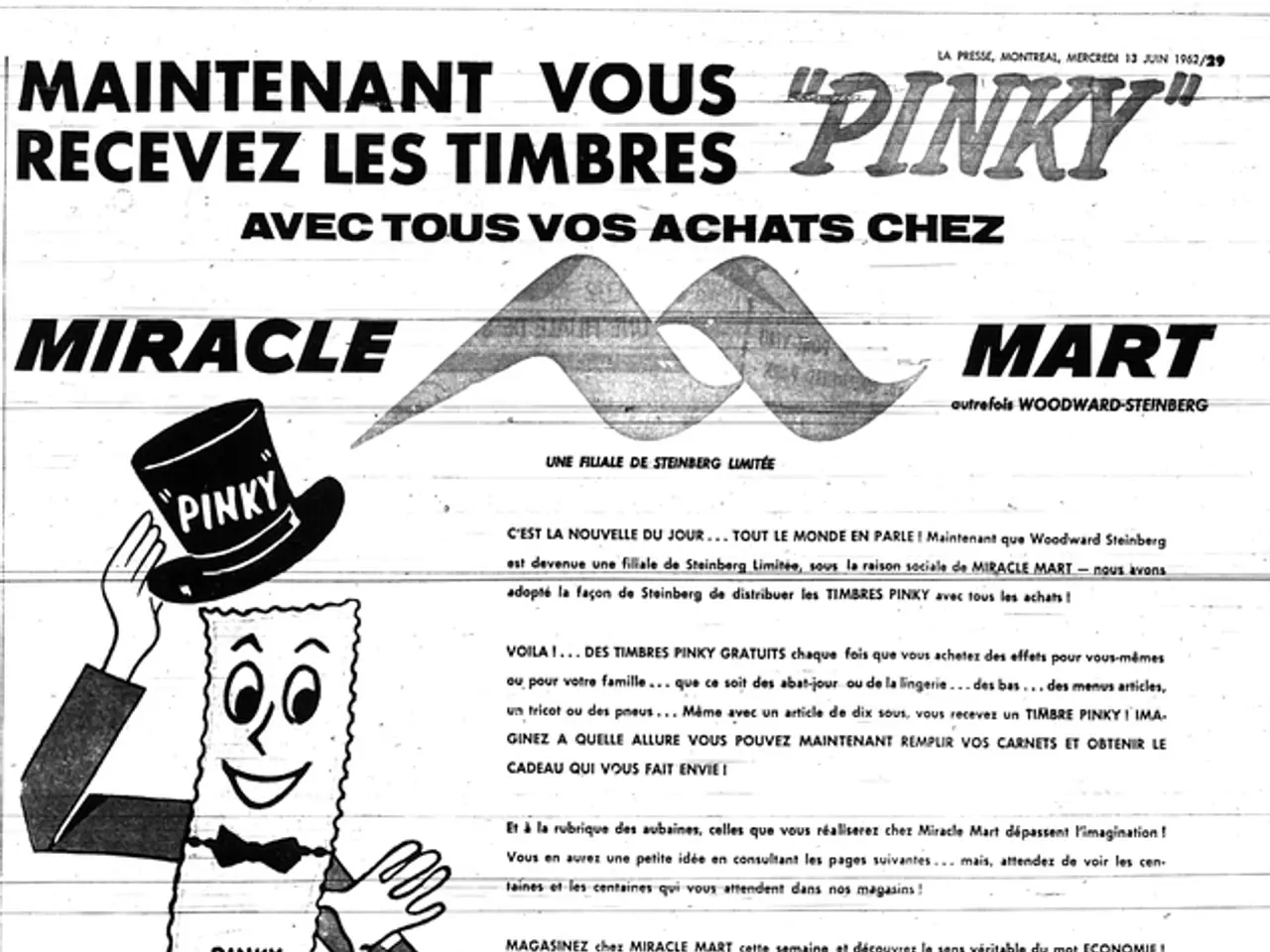Enhance the Search Engine Optimization (SEO) of your WooCommerce store through these WordPress adjustments
In today's digital marketplace, optimizing your WooCommerce store for search engines is crucial. Here are some effective strategies that focus on product images, page titles, original product descriptions, mobile responsiveness, page loading speed, and structured data markup.
Product Images
To improve page load speed and image search relevance, compress product images without sacrificing quality. Utilize caching plugins like WP Super Cache or W3 Total Cache to enhance performance further. Additionally, add descriptive, keyword-rich alt text and use descriptive file names for your product images.
Page Titles
Craft benefit-focused, keyword-rich product titles that naturally incorporate target keywords and address customer pain points. For example, "Waterproof Bluetooth Speaker for Outdoor Adventures" is a more effective title than simply "Bluetooth Speaker". AI tools like ChatGPT or GetGenie can help analyze search trends and generate SEO-optimized titles efficiently.
Original Product Descriptions
Write unique, engaging, and benefit-driven product descriptions that stand out from competitors. Incorporate target keywords naturally while answering common customer questions and highlighting product uniqueness. AI-powered tools can help create high-quality SEO content to maintain consistency and efficiency.
Mobile Responsiveness
Ensure your WooCommerce store is fully responsive and performs seamlessly across all devices since over 50% of sales occur on mobile. Optimize layout and navigation for mobile users to prevent ranking penalties due to poor mobile usability.
Page Loading Speed
Speed is critical for SEO and user experience. Use image compression, caching plugins, and reliable hosting to minimize loading times. Monitor and improve Core Web Vitals metrics like Largest Contentful Paint (LCP) to enhance site speed and reduce layout shifts, especially on mobile.
Structured Data Markup
Implement structured data (e.g., Schema.org product markup) to enable rich snippets including product name, price, availability, and reviews in search results, thereby increasing click-through rates. Ensure structured data is accurate and includes details about stock status and product variations to build search engine trust.
Additional best practices include optimizing product category pages with unique SEO titles and descriptions to leverage broader keywords and strengthen site architecture for better internal linking. Tracking user behavior through enhanced WooCommerce analytics can guide ongoing optimization efforts.
These combined strategies provide a comprehensive approach to WooCommerce SEO that improves visibility, user experience, and conversion potential. Remember, 92.6% of consumers find images influential when making a buying decision, and optimizing product page titles with terms that describe specific items is also crucial.
- To boost image search relevance and page load speed, compress product images without losing quality, use caching plugins like WP Super Cache or W3 Total Cache, add descriptive alt text, and use descriptive file names.
- Craft product titles that are benefit-focused, keyword-rich, and address customer pain points, utilizing AI tools like ChatGPT or GetGenie for efficient SEO-optimization.
- Write unique, engaging, and benefit-driven product descriptions that incorporate target keywords, answer common questions, and highlight product uniqueness with the help of AI-powered tools.
- Ensure your WooCommerce store is fully responsive, optimized for mobile devices, and meets user experience expectations, as over 50% of sales happen on mobile, avoiding penalties for poor mobile usability.




